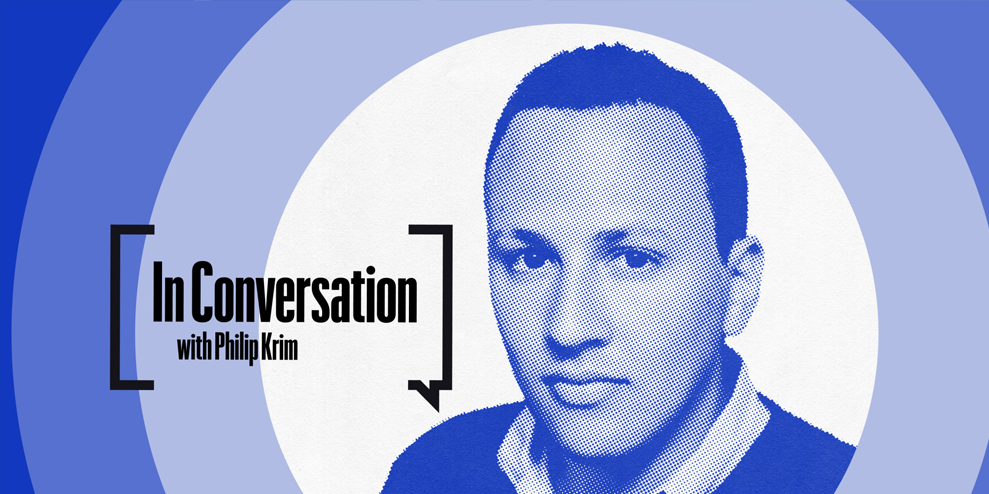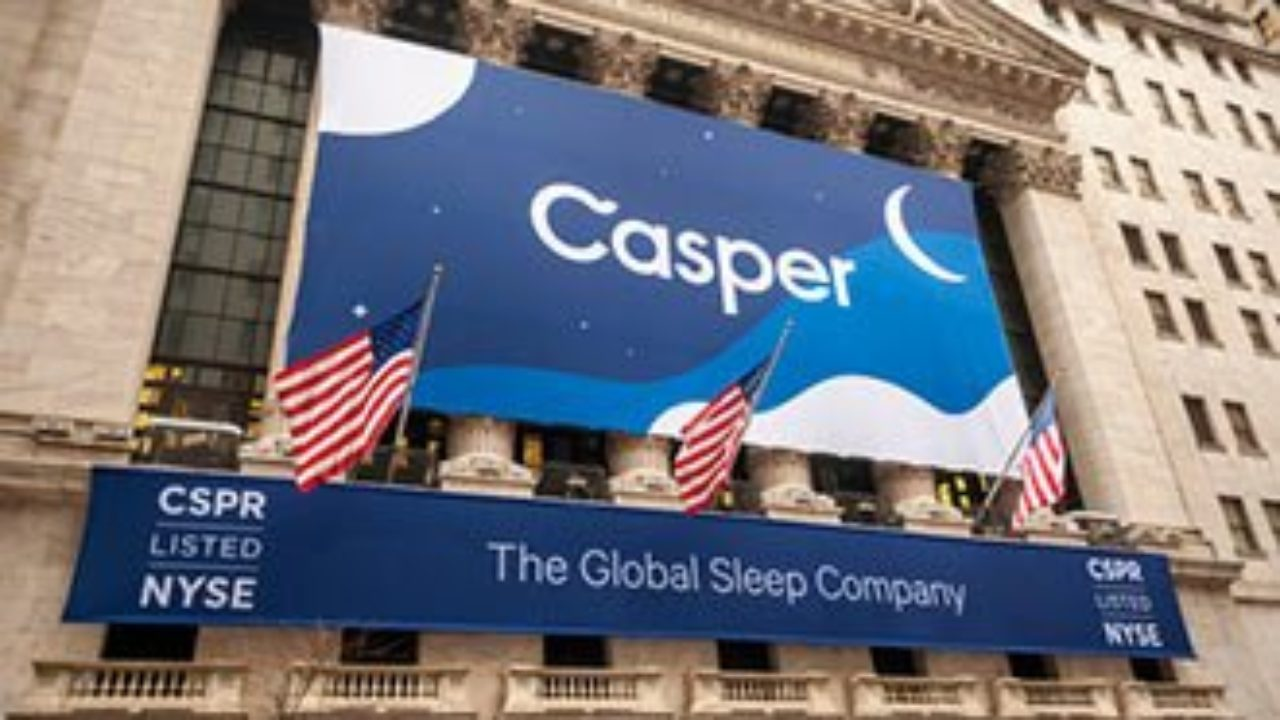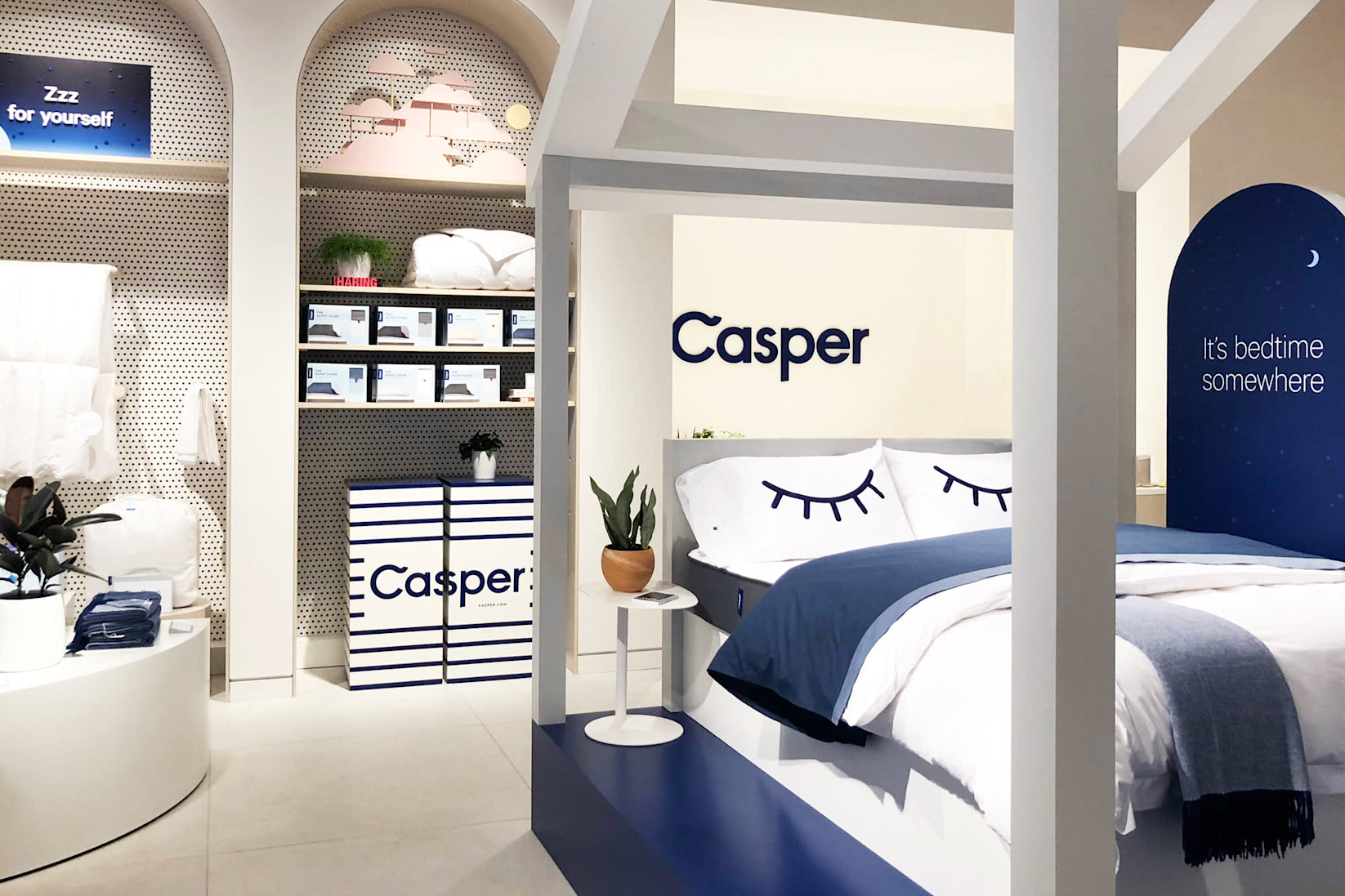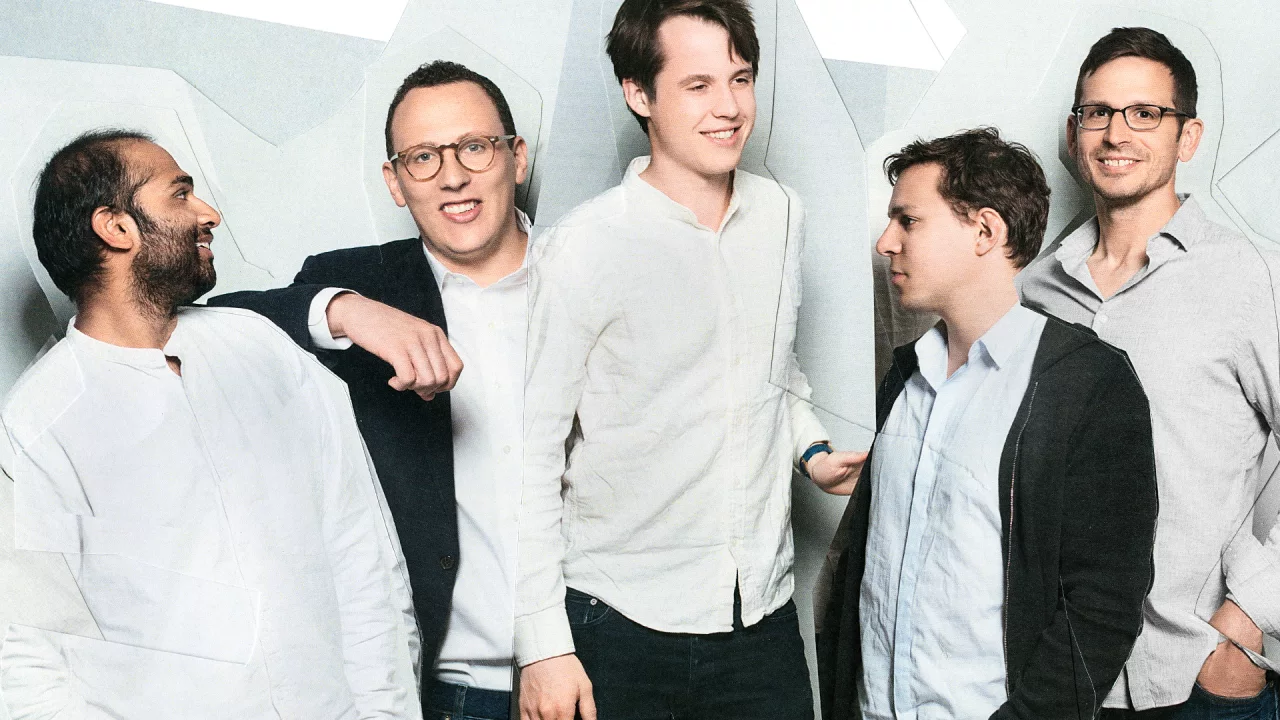Indeed, the co-founder and CEO of Casper could be forgiven for thinking large. What was once a mattress-in-a-box company is now a total sleep brand, with a growing catalog of pillows and bed frames that’s the envy of not just its immediate competitors but the entire direct to consumer (DTC) space it helped pioneer.
From his home outside New York City, Krim shares how his company navigates very tricky, and often recurring, inventory management challenges, the most effective PR and marketing strategies Casper used to sell its story to the market, and, yes, his most bold ambition yet—associating Casper with the very idea of getting a good night’s rest. “If I said you want to go exercise and run faster, you would think about brands like Nike and Under Armour,” he says. “If I said you should start to eat better, you might start to shop at Whole Foods. But if I say go get a better night of sleep, there’s no brand that comes to mind for most consumers. We want that to be Casper.”
(This interview has been edited and condensed for clarity.)
When Casper debuted in 2014, you sold $1 million in your first month alone. But for some time, Casper was unable to meet demand. What did you learn about logistics then as they relate to your supply chain?
Krim: It was painful because we were promising two-, three-, four-week deliveries and weren’t able to do that. Disappointing people out of the gate was really painful.
Our goal was just to keep up with demand. We were a business that always did our own product design and engineering. We couldn’t just go to any factory and say, “We want to buy this off your shelf.” We said, “Here’s the spec we want to build. Can you build it?” It took time to build out a diverse supply chain network.
We had our ecommerce business. We started to do more things with stores and pop-ups, bringing physical inventory closer to customers, and seeing the value of offering real-time delivery. We’ve always tried to push the envelope on the customer experience, which then requires us to push the envelope on our warehousing logistics and supply chain. That’s been the name of the game. What can we do to elevate the customer experience, and then let the rest of the business figure it out?
You used an external agency to help spread the early word in the press about Casper. What types of coverage did you find to be most valuable, and what types weren’t worth the investment?
Krim: Earned media or paid media are just two different mediums to convey a story. In either case, you have to have a story that’s different, that’s unique, that’s valuable to your audience. Otherwise, it just won’t work.
What’s unique about Casper that continues to get good responses through both paid and earned media is we try to be innovative. We designed and engineered our own bed. We combined materials that had never been combined before. We were able to compress it into a box that’s about the size of a mini-fridge and ship it via UPS anywhere in the country.
One of the reasons we launched Casper direct to consumer is no one wants to step foot into a mattress store. You immediately feel like you’re getting ripped off. You feel like you have to take a shower afterwards. We said, “What do we do to create the opposite of that?”
Before Casper, very few people were buying their mattress online. The market data would show 2-3%. Today, it’s probably 15%. I think Casper had a lot to do with driving consumers to trust an online process. We try to break down the customer journey at every step of the way and think about how we could reinvent it. Today, a lot of this feels normal or obvious. But when we launched a little over seven years ago, it wasn’t. I think that’s why the press reported on it.
Casper entered the popular consciousness through podcast ads. You were one of the first DTC brands to invest in that space. What were the key takeaways you learned about podcast advertising?
Krim: We were listening to podcasts. We were fans of them. And we saw that each podcast ultimately became a sense of community. You had a podcast host that oftentimes was loved by the people who listened to the podcast. We said, “Let’s just sponsor them to try to be supportive of the community.” It felt very authentic to the brand that Casper wanted to create. It was a good medium for us to convey the story in a pretty rich way.
One of the ideas we talked about very early with Casper is that you have to always be experimenting. You can’t assume that what worked yesterday will work tomorrow. With podcasts, you’re seeing exactly what’s happening in other social channels. Advertisers come in. They don’t do as much tracking. They have bigger budgets. They don’t care about short-term payback. And it changes the economics of when a channel can work or not work.
It really is just a constant game of experimentation, testing, learning. If you find something that works, scale it up. If not, cut it and move on.
The ultimate fundraising exercise came for Casper when it went public via IPO in 2020. How does a company change when it goes public?
Krim: Operationally, [there are]a lot of changes. There’s new standards that you have to operate with. You have to report on your business quarterly, and update investors. The way you talk about the business is much more formalized. You’re held accountable to the things that you say you’re going to do on a quarterly basis. There does become a different cadence to the business.
We try to make sure that we are delivering on the near-term expectations that investors have with the business, but also continuing to invest in the long-term vision that we want to accomplish with Casper. So it’s a different investor than maybe who we worked with privately when we were a private company. At the end of the day, we still want to run a good business, build a big business, and are working hard to do so.
Casper’s administrative costs are funneled back into the business, most notably with CasperLabs, your research and development (R&D) arm. What have you found to be the right mix in terms of reinvesting capital to improve your product line?
Krim: We invest in having the best sleep products in the market, period. Products that constantly won awards because they are innovative when it comes to the quality of sleep —that’s our Casper mattresses, our pillows, it’s everything that we have to help you get the best night of sleep possible. So we are investing in the brand and growing brand awareness and driving more people to sleep with Casper products.
Part of our [general and administrative]expenses is running our stores. Today, we have 72 stores that provide a really elevated, wonderful experience when you’re shopping for sleep products. Sleep products are a highly considered purchase. We’re making sure that the products live up to the expectations that Casper customers have through the R&D and the work that we’re doing with CasperLabs.
Casper’s product line has matured from more than just a mattress in a box. What steps did you take to become known for more than your signature product?
Krim: Consumers don’t wake up and say, “Oh, I need to go find a sleep brand.” Right now, consumers wake up and say, “I need to solve specific problems.” We started with a mattress. Let’s build the most comfortable, best sleeping mattress. Then, let’s look at pillows. Pillows are actually as important as your mattress to getting great quality sleep. Let’s keep expanding out from the core mattress to think about how we can reinvent other parts of the sleep experience.
These things happen over time as we build additional tent poles within our business to complement the mattress. Over time, that means Casper will be thought of as a sleep destination, not just a mattress destination. But we have to build those businesses, and we have to do that on the backs of great products with the right distribution.
For us, we said our north star is going to be sleep. Our mission is to awaken the potential of a well-rested world. If there are products that we can take to market that do that, great. That falls within our mandate.
First-mover advantage only takes you so far. Are Casper’s current competitors other DTC sleep brands or big-box retail chains?
Krim: I think it’s both. Increasingly, we are focused on the legacy players, because they are still the biggest players. Traditional brands in the space still take up most of the market share. We sell a lot of mattresses with Costco or Raymour & Flanigan or Rooms To Go. In some of those instances, we’re competing head-to-head with those legacy players. That’s where we love the idea of educating consumers about new options.
The way the legacy guys think about lineups are, “How do I fit this price point on the floor of this retailer where I have 30 different products and I need to close the gap between these two price points?” That’s one way to think about merchandizing. The way that we think about merchandising is, How do we create a mattress that helps you sleep better?
What are the keys to building a successful omnichannel strategy for your business? What avenues didn’t yield the results you hoped for?
Krim: One of the early lessons we learned is that there’s no one-size-fits-all in how you work with other retail partners. When we started, we said there’s the “Casper way” of doing something with traditional retail partners. If they get on board, great, it’s going to work. If they don’t, then we don’t want to do business with you.
What we quickly learned was that’s not the case. The way you’re successful with every individual retail partner is different. You have to listen. A lot of these retailers have been in existence for a long time. They have buyers that know their customers super well. It’s not just about getting product on the shelves. In order to be successful, you have to think about the right product-market fit with each individual retailer.
And there is an omnichannel element. Part of our thesis was that consumers are going online to do their research. They’re walking into stores to aid their education. Oftentimes those are happening at the same time. People are on their phones reading about products while looking at them on the shelves. We really have to think about how to have multiple touchpoints for engaging with customers in a way that lets them buy that’s most convenient for them.
Casper’s five co-founders all had active leadership roles in the early days of the company. What were the challenges to having that many voices in the room?
Krim: Having five co-founders has actually worked out great for Casper. We said early on this isn’t a democracy where every decision is going to be put to the vote of the five of us. We said early on there’s no hierarchy of ideas. Good ideas can come from anywhere. Let’s make sure that we create a culture where the best idea wins.
At the end of the day, we wanted to build a good, high-functioning business and empower the people that were running the company to do their jobs. It’s been an incredible experience building Casper together.
…
This article first appeared in www.shopify.com
Seeking to build and grow your brand using the force of consumer insight, strategic foresight, creative disruption and technology prowess? Talk to us at +971 50 6254340 or mail: engage@groupisd.com or visit www.groupisd.com/story





